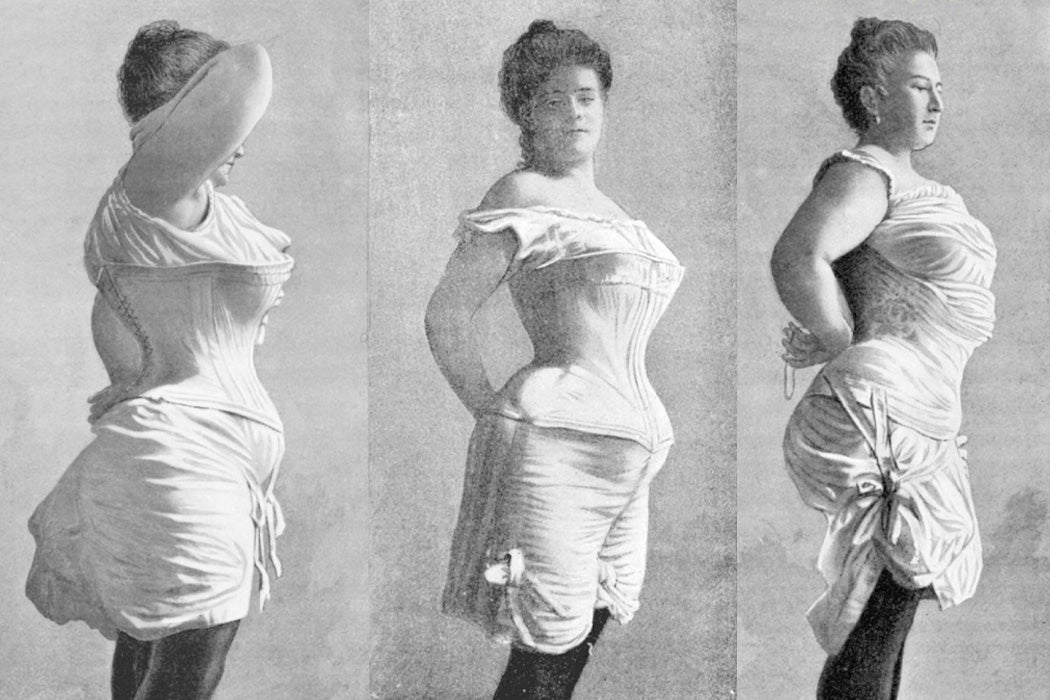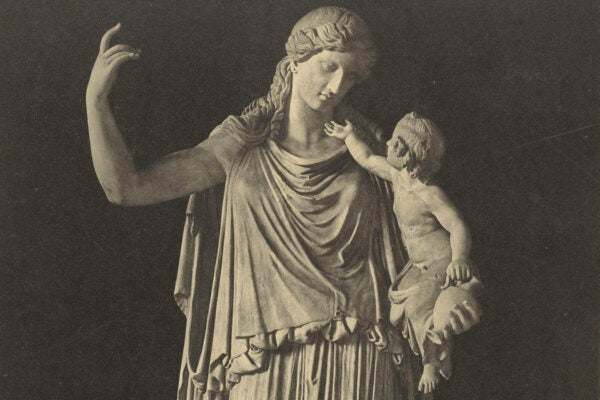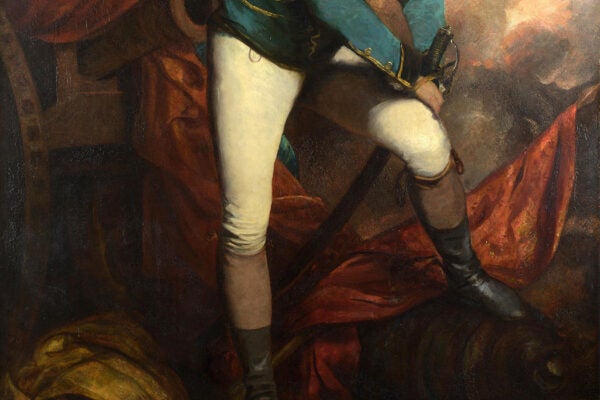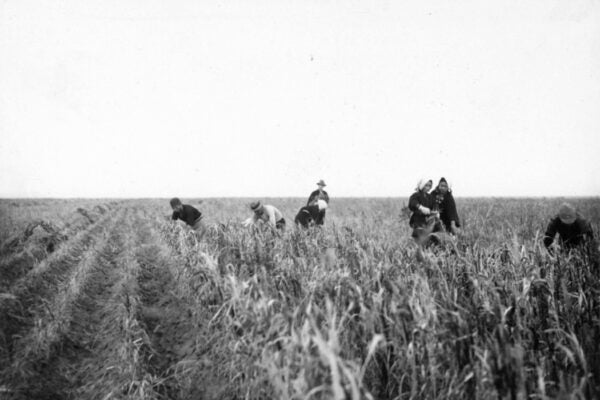In the United States today, prejudice based on weight is closely tied to ideas about race and class. As historian Christopher E. Forth writes, this connection was forged by the colonial outlook of white Europeans and Americans in the nineteenth century.
According to Forth, the French and English became obsessed with fatness in Africa and Asia at a time when they were worried about their own expanding waistlines. With the riches brought by exploitation of their colonies, Forth writes, they were eating more than ever, “firing the fantasies of foreign tourists who hoped to spy a legendary fat Englishman waddling along the street.”
Nineteenth-century European and American writers didn’t just describe African and Asian people as fat but insisted that they revered fatness. They expressed particular horror at the supposed desire of “uncivilized” men for heavy women. Many popular descriptions of African societies focused on the practice of demanding that young women eat heavily. As one typical account put it: “The Greeks praised the slender and graceful figure—the Moors prize fatness to obesity; and their women are fatted for marriage as our turkeys are for Thanksgiving or Christmas.”
In India, British observers associated heaviness among elites with weakness, laziness, and cowardice. One attributed the “rotundity” of the vegetarian Brahmins to “ghee and indolence.”
Forth writes that Europeans were arriving at generalizations about whole populations based on their experiences with a small elite group. If they acknowledged that common people were rarely fat, they often ascribed this to poverty and assumed that obesity was a widespread cultural ideal. For example, missionaries in India dwelled on the big-bellied god Ganesha as a transparent representation of ordinary people’s desires regarding their own body shapes.
Even when Africans were not at all overweight, some Europeans associated them with corpulence. Some writers, for example, described pastoral people’s supposed disinterest in hard work as “obesity of mind.”
Forth writes that the trope of corpulent colonial subjects showed up frequently in writings about weight loss within the U.S. and Europe. British medical writer William Wadd wrote in 1816 that some plumpness was a universal part of beauty standards for women, but “this taste is carried to a disgusting excess in proportion as refinement has made less progress in any society.”
Weekly Newsletter
American writer Henry T. Finck argued that the attraction to fat women among men of the “uncivilized and Oriental races” reflected lust rather than love or an appreciation of beauty. Yet he also viewed white Americans as vulnerable to the same “savage” impulses. He wrote:
The object of the modern wasp waist (in the minds of the class of females who, strange to say, are allowed by respectable women to set the fashion for them) is to grossly exaggerate the bust and the hips, and it is for the same reason that barbarian and Oriental girls are fattened for the marriage market.
Finck went on to write a diet book aimed at white American women, helping to popularize the association of heaviness with unacceptable savagery that continues today.
Editor’s note: For further reading, see Sabrina Strings’ Fearing the Black Body: The Racial Origins of Fat Phobia.







